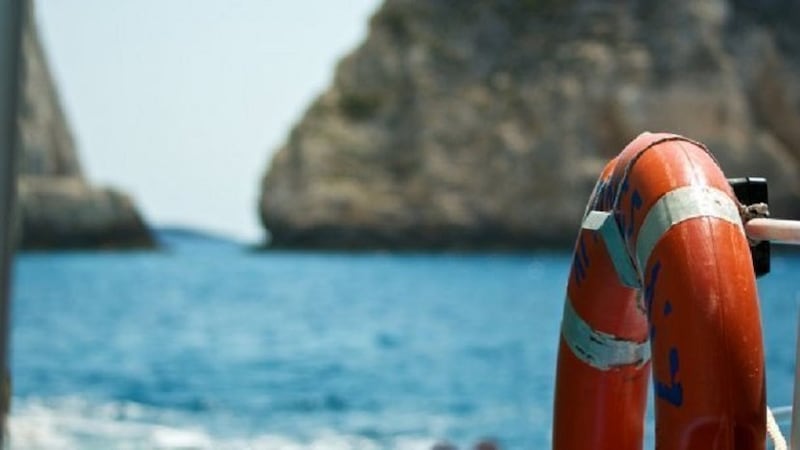Seventy-four people drowned in New Zealand waterways last year, the same as the previous year despite most of the country being in lockdown, with Māori men over-represented in statistics.
A report released by Water Safety New Zealand (WSNZ) says drowning is the leading cause of recreational death and the third highest cause of accidental death in New Zealand.
Thirty-one per cent of last year’s fatalities were Māori (23 deaths), despite Māori comprising just 16.5 per cent of the total population, and 84 per cent were male (62). Significantly, 96 per cent (22) of Māori drowning deaths and 100 per cent of the Pacifica deaths (5) were men. People of Asian ethnicity accounted for 16 per cent of deaths (12).
WSNZ kaihautu Māori Rob Hewitt says this over-representation is a significant issue and presents risk for all whanau.
He helped develop the Kia Maanu Kia Ora (Stay Afloat, Stay Alive) initiative, which embodies the Māori worldview of the physical and spiritual properties of water as integral to water safety, and is used to teach years 1-8 in kura.
Hewitt says whānau need to remember, when going out to collect kai moana or spend time in the water to take a buddy or family member with them and is urging people to follow the water safety code.
- Be prepared – check the weather, your gear and the water conditions.
- Look after yourself and others – adults, not children or teenagers, should always supervise little people and children around water.
- Be aware of the dangers – check for rips and currents, snags and rocks and don’t consume alcohol before a swim, dive or going fishing.
- Know your limits – do you know how to swim? If not, stay out. Remember you will never be able to swim in the ocean as well as in a pool and cold water will make you tired.
Hewitt also says swimming at the beach or river is quite different from swimming in a pool and poses additional risk.
“Rahui need to be understood and respected and it’s important to take note of place names and tohu explaining where and where not to swim,” Hewitt says.
The report also showed swimming accounted for the majority of deaths by drowning, at 31 per cent, and most of these occurred at rivers or beaches. The 18 boating deaths accounted for 24 per cent of the year’s drowning toll, up 80 per cent from the year before. The report showed boating fatalities were more likely to involve people 45 years old and over.
Six of the eight people who drowned while taking part in underwater activities like scuba diving, snorkelling and free diving were Māori.
The number of drownings among older age groups also increased over the past year, with those aged 45 years and older increasing between 23 and 50 per cent from 2020.

